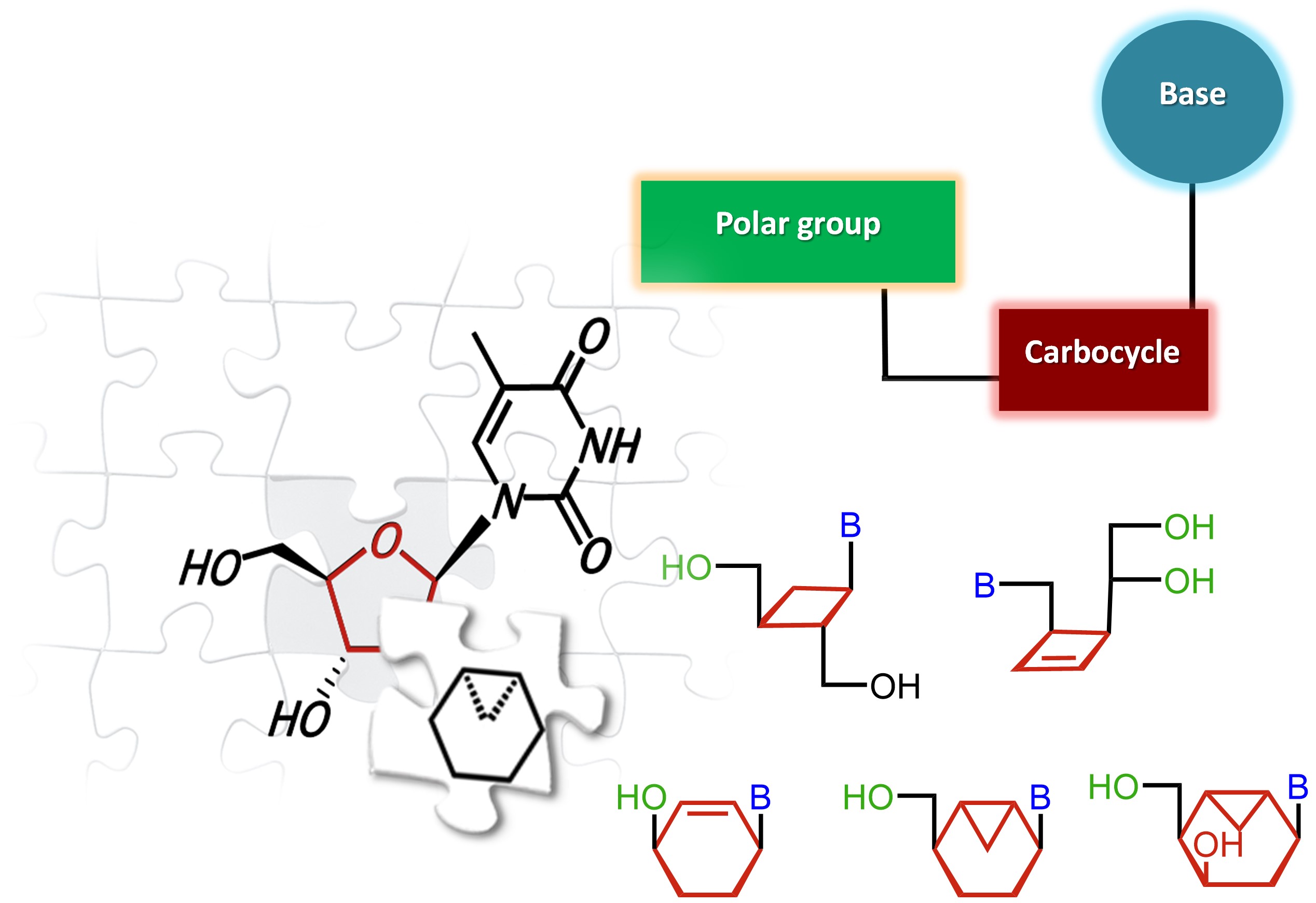RESEARCH
Topics
The main goal of the SynOrgFun group is to develop new drugs candidates and innovative methodologies with improved therapeutic properties. Our research involves oriented research with a high interdisciplinary character, which includes aspects related to the first stages of drug development process and the development of new routes to molecular nanostructures with bioinspired properties.
Current main Research Lines
Synthetic photoswitchable ligands to photocontrol the neuronal activity avoiding high energy irradiation
The control of neuronal activity is performed through a photopharmacological approach, by the development of new synthetic photoswitchable ligands operative under visible or NIR irradiation as photomodulators of receptors present in cells of the central nervous system.
Photochromic tethered ligands bearing rationally designed azobenzene cores and non-destructive caged ligands with stilbene cores, both operating under NIR irradiation, and photochromic ligands with a diazocine nucleus are prepared and evaluated both in vitro and in vivo.

Nanoscale functional polymers for health welfare. Catechol-based polymers for drug delivering systems and functional coatings
New nanoparticles are developed as platforms for the encapsulation of an active principle and their transport and release in the body in a controlled manner.
The nanocarriers are composed of a nanoparticle core made of iron-catechol-based Nanostructured Coordination Polymers (NCP) incorporating the therapeutic cargo that may have an additional external coating bearing functional molecules which could enhance their stability in vivo, their BBB crossing capacity or their capacity to tag them.

Synthetic allosteric modulators of cannabinoid receptors
The synthetic candidates for new allosteric modulators of cannabinoid receptors with potential antiepileptic properties are analogues of cannabidiol designed using molecular modeling studies.
The new compounds have potential therapeutic benefits in epilepsy disease but avoiding usual psycomimetic and depressant side effects.

Synthetic transthyretin amyloidogenesis inhibitors
Transthyretin amyloidosis (ATTR) are a group of life-threatening diseases characterized by the misfolding and amyloid aggregation of transthyretin (TTR).
New compounds that can bind and stabilize the TTR tetramer, preventing its dissociation and subsequent aggregation are developed and evaluated.

Exploring the Sugar Code in the Central Nervous System
Glycans play a key role in the CNS. We are focused on deciphering how these sugars modulate neural cells, synapses, and signaling pathways. A key aspect of this research line is the exploration of carbohydrate-based strategies for targeting and treating neurological diseases such as Alzheimer’s and Parkinson’s diseases.
Combining organic synthesis, NMR, biophysical techniques, and computational modeling, our research not only advances fundamental knowledge but also aims to translate our results into practical applications.
